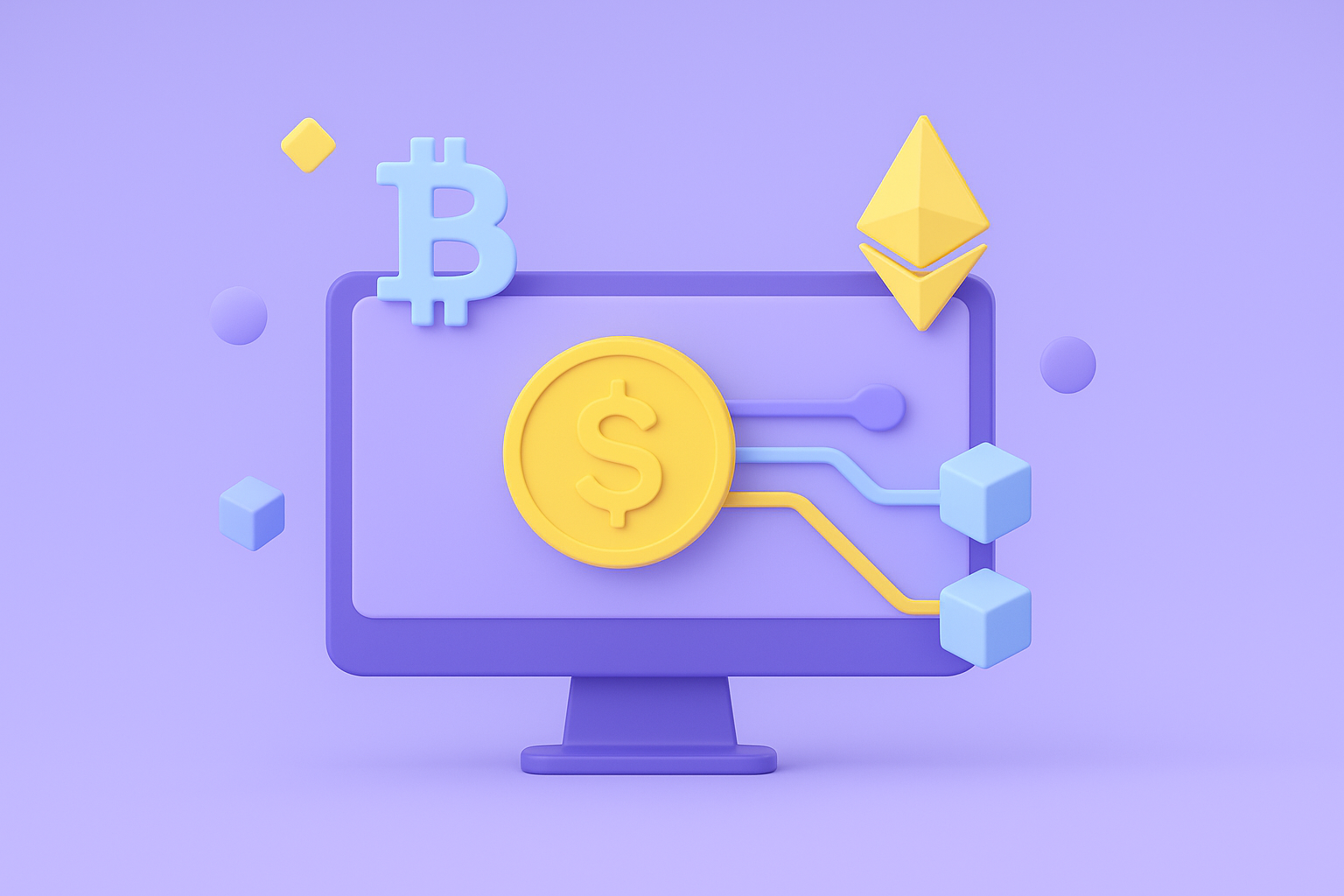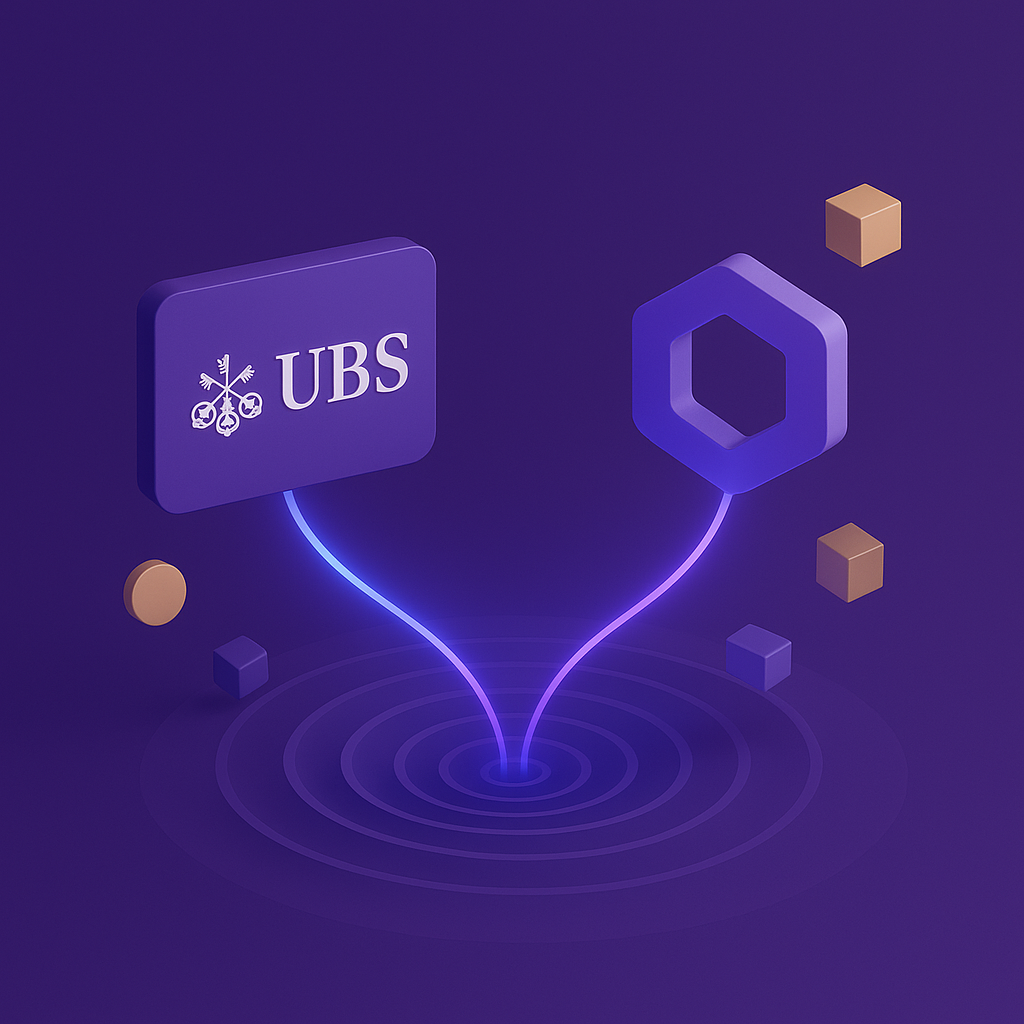The Solana ecosystem has just experienced a watershed moment. With the near-unanimous approval of its Alpenglow update, the Layer 1 blockchain network is aiming for an unprecedented technological leap. Reducing transaction finality from 12.8 seconds to just 150 milliseconds, Solana is now on par with Web2 infrastructures like Visa and Google, with speeds previously unseen in the crypto world. This change isn’t just a technical improvement: it redefines Solana’s role in the fierce competition among Layer 1 blockchains and could pave the way for new large-scale use cases.
Key takeaways
- 99% of validators approved the Alpenglow upgrade, well exceeding the required threshold of 33%.
- Transaction finality increased from 12.8 seconds to 150 milliseconds, a speed approximately 100 times faster.
- Votor and Rotor, the two key innovations, replaced TowerBFT and Proof-of-History, laying the foundations for a new standard.
- Solana became the fastest blockchain on the market, close to the performance of Web2 giants.
- This update opens up opportunities for real-time finance, blockchain gaming, and instant payments.
- Identified risk: dependence on a single client, Agave, exposes systemic flaws.
- The arrival of Firedancer, planned for late 2025, will bring a second client for greater resilience.
A nearly unanimous community vote
Solana’s strength lies in its community of validators. On August 21, 2025, the governance process was launched with a participation threshold of 33%. In less than two weeks, more than 52% of validators participated, with a 99% approval rate. Only 1% voted against, while 0.69% abstained. Such a level of support is rare in blockchain governance processes, which are often marked by lengthy and polarised debates. Here, the near-total support reflects enthusiasm for an overhaul deemed essential.
Alpenglow: a technical revolution for blockchain
Historically, one of the biggest challenges of L1 blockchains has been transaction latency. While Ethereum and Bitcoin guarantee security and decentralisation, their finality times (sometimes several minutes) make them poorly suited to certain modern use cases. With Alpenglow, Solana has crossed a symbolic treshold: transaction finality drops to 150 milliseconds, compared to 12.8 seconds previously. This speed is now comparable to Visa payments or Google services. This breakthrough opens up immese possibilities: high-frequency trading, real-time decentralised finance, instant payments, interacive gaming, and even large-scale microtransactions.
Votor and Rotor: the engines of the new era
Two major innovations are enabling this revolution. Votor, a new consensus engine, validates blocks in a single round if 80% of validators participate. It replaces TowerBFT, which limited finalisation speed, and improves fault tolerance: even if 20% of validators act maliciously and another 20% are offline, the network remains stable. Rotor, for its part, optimises data dissemination between nodes by eliminating timestamp delays. It replaces the Proof-of-History (PoH) system, considered innovative but which had become a hindrance to scalability. The result: faster and more consistent synchronisation across the entire network.
Strategic opportunities: towards L1 domination?
With Alpenglow, Solana is moving closer to achieving a clear strategic objective: to become the highest-performning L1 blockchain on the market. For decentralised finance, near-instant finality provides an ideal environment for high-frequency trading. For Web3 gaming, it guarantees a seamless user experience with no waiting times. For global payments, it enables microtransactions and real-time cross-border payments. By positioning itself at the Web2 infrastructure level, Solana can attract developers and businesses that previously considered blockchains too slow. This reinforces its attractiveness compared to competitors like Ethereum, Avalanche, Aptos, and Sui.
Risks: dependence on Agave
Despite its technological advances, Solana still faces structural fragility. Currently, the network relies on a single client, Agave. In the event of a flaw, critical bug, or targeted attack, the entire network could be affected. This software dependency contrasts with the promised speed and scalability and is one of the community’s main focuses.
Firedancer: the key to resilience
Expected by the end of 2025, Firedancer, developed by Jump Crypto, will be the network’s second client. It will provide sotware diversifiction, eliminating the risk of a single point of failure. It is also designed to handle massive transaction volumes and strengthen security against potential breaches. With Alpenglow for speed and Firedancer for resilience, Solana could consolidate its position as the most technologically advanced blockchain.
Conclusion: a historic transition for Solana
Alpenglow marks a decisive step in Solana’s evolution. The blockchain is moving from a fast network criticised for its interruptions to a serious contender for the role of global financial infrastructure. By lowering its transaction finality to 150 ms, Solana opens up a huge field of opportunities for developers, investors, and users. But success will depend on two conditions: the successful integration of Alpenglow by existing projects and the reinfocement of Firedancer, which guarantees increased security and resilience. If this transition is successful, Solana could well become the benchmark for Layer 1 blockchains, combining Web 2 speed and crypto security.










